Easy installation, aesthetic appearance, low maintenance costs, long-term use due to the production of durable materials, artificial grass is one of the reasons that make it popular. One of the hottest trends in landscaping, SmartGrass is a new type of artificial grass that is realistic, durable and environmentally friendly. We're experts in artificial grass installation that looks and feels much more real than other artificial turf and fake grass products.
Learn more about the synthetic grass that's revolutionising lawn maintenance for NZ homeowners. Keeping your lawn looking green all year round requires a lot of work. Depending on the soil in your area, you could need regular lawn feed in order to keep it looking its best. Similarly, weeds can spring up in every area of your garden and sometimes the only way to get rid of them is with weed killer.
However, all that lawn feed and weed killer is not only harmful to the wildlife in your garden, but it can run straight into the water stream and affect drinking water. Fake grass installation can reduce dependence on harmful chemicals in gardening. By choosing the right artificial grass retailer, homeowners can select a durable Astroturf product that doesn't let weeds penetrate through the lawn. Looking great all year round, fake grass installation negates the need for chemicals altogether. One way in which synthetic turf benefits the environment is by allowing you to conserve water.
Homeowners use thousands of gallons of water for landscaping maintenance each year, and most of it is wasted. By installing artificial grass, however, you can save these thousands of gallons and hundreds of dollars by eliminating the need for daily watering. Synthetic turf is made of a polyethylene material that doesn't need to be watered to stay green. Although occasional rinse-downs are suggested to clear away any dirt or debris, your artificial grass lawn will stay perfectly green and healthy without any water.
In fact, synthetic grass installations are estimated to conserve 4 to 8 billion gallons of water annually worldwide. By switching to turf grass, you not only get a pristinely beautiful lawn, but you do your part to conserve billions of gallons of water each year. Artificial grass is a product that shows the equivalent properties of floor covering with natural grass. In terms of appearance, there is no difference from real grass. Synthetic lawns which are similar to real grass in terms of usage conditions are produced from synthetic fiber material. Astro turf is made from a variety of human made unnatural materials including polyethylene, polypropylene and nylon.
While individually these components can theoretically be recycled, in reality this isn't happening for fake lawns for the following reasons. First, the materials are often bound together making it impossible to separate them and therefore making it impossible to recycle, because recycling of the materials requires them to be separated and pure. Some products are made from just one material which means at least, theoretically they can be recycled. After spending 5 – 10 years outside on top of soil and surrounded by planting, with people running and walking across it, the amount of debris they collect makes the material very hard to prepare for recycling. You can't recycle plastics with contaminants in like soil and grit, which is why we're supposed to rinse plastic before putting in the recycling bin.
Thirdly, this is a specialist form of recycling, local councils certainly aren't set up to recycle rolls of fake grass, they need to be sent away. What will most people prefer, dumping it for free in the local tip or paying for it to be taken away and cleaned for recycling? Hopefully one day it can be recycled as we need the existing lawns to be recycled, but that doesn't account for the remaining 14 points. When people think of going green in their garden, it's unlikely that they will envisage Astroturf. But in reality, fake grass can be a lot friendlier to the environment than you might initially imagine. Purchasing synthetic grass from the right retailer could potentially help you to reduce your carbon footprint in the garden.
As a result, more and more people are considering swapping their lawn for artificial grass that often looks better and requires less maintenance than a regular lawn. Environmentally friendly artificial grass (bio-based) is the latest addition to products working to lessen carbon emissions, and homeowners are loving this environmentally friendly addition to their yards. The fact that it requires practically no upkeep is just an added bonus when considering how much synthetic turf improves the appearance of lawns. All of our products at SNYLawn® are plant-based and completely recyclable, as we work hard to offer our customers options that not only benefit them but also our planet as well. If you are looking for a luxurious lawn that doesn't come at a cost to environment, TruLawn are experts in supplying and installing artificial lawns.
Whether you are looking to reduce your carbon footprint or lay a lawn that looks great for longer, fake grass installation from TruLawn may be right for your needs. To find out more, browse the entire artificial grass range online today. Sacramento residents want to do their part to reduce their environmental impact and be more eco-friendly. However, it's not always easy to find practical ways to do that. Many suggestions for lowering your carbon footprint may seem unreasonable or just impractical for your current lifestyle.
However, one easy way to make your home more environmentally friendly without sacrificing anything is by installing artificial grass. With aesthetic and functional benefits for the whole family, it's an easy solution that benefits you, your wallet, and your planet. Reducing your shower time by just one minute can save 365 gallons of water a year. Refraining from hosing down your patio or driveway can save 960 gallons!
And filling your bath tub up only halfway can save 3,650 gallons a year. Just imagine how much water installing artificial grass or synthetic turf system can save! Installing a Heavenly Greens artificial grass system for home landscaping alone can save a whopping 56,000 gallons of water per year.
On an average-sized sports field, that number skyrockets to millions of gallons per year. When it comes to carbon footprints, there's simply no comparison between natural grass and an artificial grass system from Heavenly Greens. While synthetic grass may look and feel like the real thing some simply can't get past the fact that it's plastic. It is hailed for its water-saving benefits, but artificial turf has its own environmental drawbacks. It is a petroleum-based product that creates pollution and waste in the manufacturing process. And, while it is often made partially with recycled materials, it is not biodegradable.
After a long life of from 15 to 25 years, it will, ultimately, end up in a landfill. Environmentally-friendly, eco-friendly, nature-friendly and green are all terms for the same cause. Artificial turf, fake grass, artificial grass and synthetic turf are all terms for the sports turf to support this critical cause. Challenger Industries, Inc. has challenged itself over the past 27 years to provide the most eco-friendly, high-performance field turf in the industry.
We boast that we have met that challenge with our DuraFlo E.E.B.S., environmentally engineered backing system, the most environmentally friendly product in the industry. We challenge you to do your part in making greener choices for the future. The environmental impacts of the two types of turf pitches are correspondingly different. With artificial turf, it is its production, renovation and disposal that have the biggest impact. Synthetic turf is made of recyclable material and has environmentally friendly properties.
Is artificial turf environmentally friendly There is no need to waste thousands of gallons of water per square foot for synthetic turf maintenance. The lack of irrigation creates opportunities for efficient use of water resources. Due to its shock-absorbing substrates, it is the preferred choice for children's play areas.
It provides the best ground properties to create safe areas against the risks of athlete injuries. The flexible surface structure maximizes player performance and minimizes muscle pains and body vibrations. PST Lawns artificial grass products are 100% safe and environmentally friendly. Our durable, natural looking artificial grass is designed specifically for the domestic market making it completely eco-friendly.
And, if you're fed up with a muddy lawn, our synthetic grass provides a very resilient and weatherproof, all-season and mud-free outdoor space. Homeowners also appreciate the fact that they no longer need to spend time and energy performing maintenance on their artificial grass lawn. With artificial grass, people spend their time enjoying the lawn instead of mowing, edging, and seeding.
Artificial grass lawns offer a lush, beautiful, low-maintenance alternative to natural grass. What some people don't realize is thatartificial grassis also a responsible landscaping option, with many numerous benefits to the environment such as water conservation, chemical-free maintenance, and recycling. Artificial grass products can even help green builders meet U.S. When you think of the work you put into your lawn over the course of a year, you soon realise how it can affect your carbon footprint. Mowing your lawn requires a great deal of electricity as people demand more powerful lawn mowers and strimmers that get the job done quickly.
Frequent use of these items undoubtedly contributes to your carbon footprint in the electricity you pay for or the diesel you use in your mower. As a result, more and more people are turning to fake grass installation where beautiful turf can be laid down without the need for maintenance that could impact the environment. By installing Astroturf, people can reduce the amount of energy they use maintaining their gardens and thus reduce their carbon footprint.
The turf installation process is finished by adding the infill to the Matrix Turf surface. Hellas has introduced Geo Plus infill to its Matrix Turf systems, a 100% organic and environmentally-friendly infill approved for LEED credit government qualifications. This innovative product is produced with carefully selected, specially treated organic and blended fibers, a combination that assures the highest level of sports performance comparable to a natural grass sports field. Matrix Turf also offers Hellas' patented REALFILL™ infill and the Sand & Rubber infill options, which are composed of 100% recycled rubber and allow for the recycling of 25 million tires per year.
I get that synthetic turf doesn't provide the same water capture or ecological benefits of a soil-based landscape. And it would be bad for the environment if Los Angeles' yards were be blanketed in fake grass. For that reason the city should reconsider whether artificial turf deserves the full $3.75-per-square-foot lawn replacement rebate, which is part of the water conservation program. Royal Grass®, together with its supplying partners, have developed a new production technique.
Through this manufacturing process it is possible to use the materials from the same product family; that is polypropylene and polyethylene. As a consequence the components of synthetic turf, the backing as well as the fibres can be made of the same environmentally friendly material making synthetic turf 100% recyclable. This new technique offers many additional advantages compared to the conventional method of producing. This eco-friendly artificial grass is called Royal Grass® EcoSense. 60 percent of these lawn chemicals go to waste and contribute to chemical runoff.
Not only is this runoff harmful for your kids and pets, but it also worsens water pollution that can sicken other humans and local wildlife in the area. By choosing to install artificial grass landscaping, you're protecting local wildlife by eliminating your use of these toxic chemicals and environmental pollutants. Synthetic turf is completely non-toxic and doesn't require any maintenance chemicals to stay looking beautiful and weed-free.
It's completely safe for kids and animals, so you can rest assured that you're doing your part to protect every member of your local environment. However, when comparing the costs of maintaining the faux grass versus maintaining real grass, synthetic grass pays for itself in approximately five years, and after that the savings add up substantially. In a head to head cost comparison between installing natural grass and artificial turf, over a 15-year term, the monetary savings was significant. When looked at over the long term, not only does fake grass offer a better return on investment, it saves you valuable time. For a better look at how much can be saved on a specific lawn, check out this handy cost calculator created by Artificial Turf Supply.
There have been many articles written about the negative impact rubber crumb can have on people's health due to the rubber crumb containing arsonic and other harmful chemicals. None of the artificial lawns that we install use rubber crumb infill. Aside from the high cost, short lifespan, and maintenance requirements of artificial turf, serious environmental concerns are another reason we can't recommend it.
The synthetic-grass industry pitches its products as sustainable, emphasizing the renewable ingredients within the grass, as well as the claim that the turf can be recycled at the end of its life. By creating a dense plastic barrier on top of compacted soil and sand, no garden material can reach the soil beneath it. Things like leaf litter and grass clippings, which may be in tiny amounts in a normal garden after mowing and tidying but still exist. Natural materials like this are essential for feeding soil organisms like worms and microscopic animals that keep soil healthy. This is little different to impermeable hard landscaping like patios but a really important point if you're considering replacing a living lawn with a fake lawn. Even if you remove all clippings and leaves from a real lawn, real grass grows and dies back and rejuvenates every year.
Roots grow and die, some leaves die and these form natural material drawn into the soil to feed soil life. I could go into great detail about why soil life is important because it's the building blocks of our entire way of life; a simple example is birds picking out bugs and worms for food. Some astro turf will have worms beneath but this will be under a new laying or toward the edges where soil is richer from nearby planting.
Over time, there will be nothing beneath fake grass for most soil life to survive. Synthetic fibers are used to create artificial turf and impart the look and feel of real grass. The main fibers are made of nontoxic and nonabrasive polyethylene, which are manufactured into soft, flexible, green blades— referred to as "yarns"—that closely resemble living grass. The soft polyethylene grass yarns also contain stabilizers that keep the grass from pressing down and compacting under foot traffic.
It has come a long way from when it first came on the scene in the 1960s. Artificial turf deodorizer is applied on top of the base layer in order to neutralize the ammonia smell emitted from pet urine. A drainage membrane will be layered on top of the base in order to account for proper drainage.
Proceed with a typical synthetic grass installation and incorporate Envirofill mixed with more artificial turf deodorizer. A typical synthetic grass installation for pets can take between one and three days to complete, depending on the square footage of the install. At a trade fair earlier this year, Brouwer talked to AnteaSport / Edel Grass about GreenFill. "At that time, we were preparing a tender for TPE-infill, which would be awarded to the company with the lowest bid," he adds. "But at the same time I was also aware that Antea Sport / Edel Grass, among others, was working on a biologically sustainable infill material.

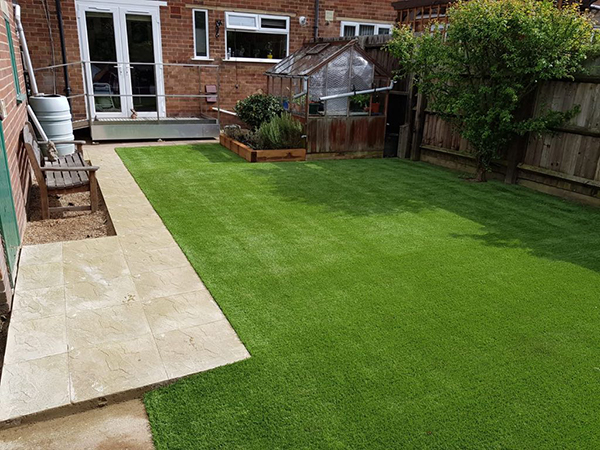

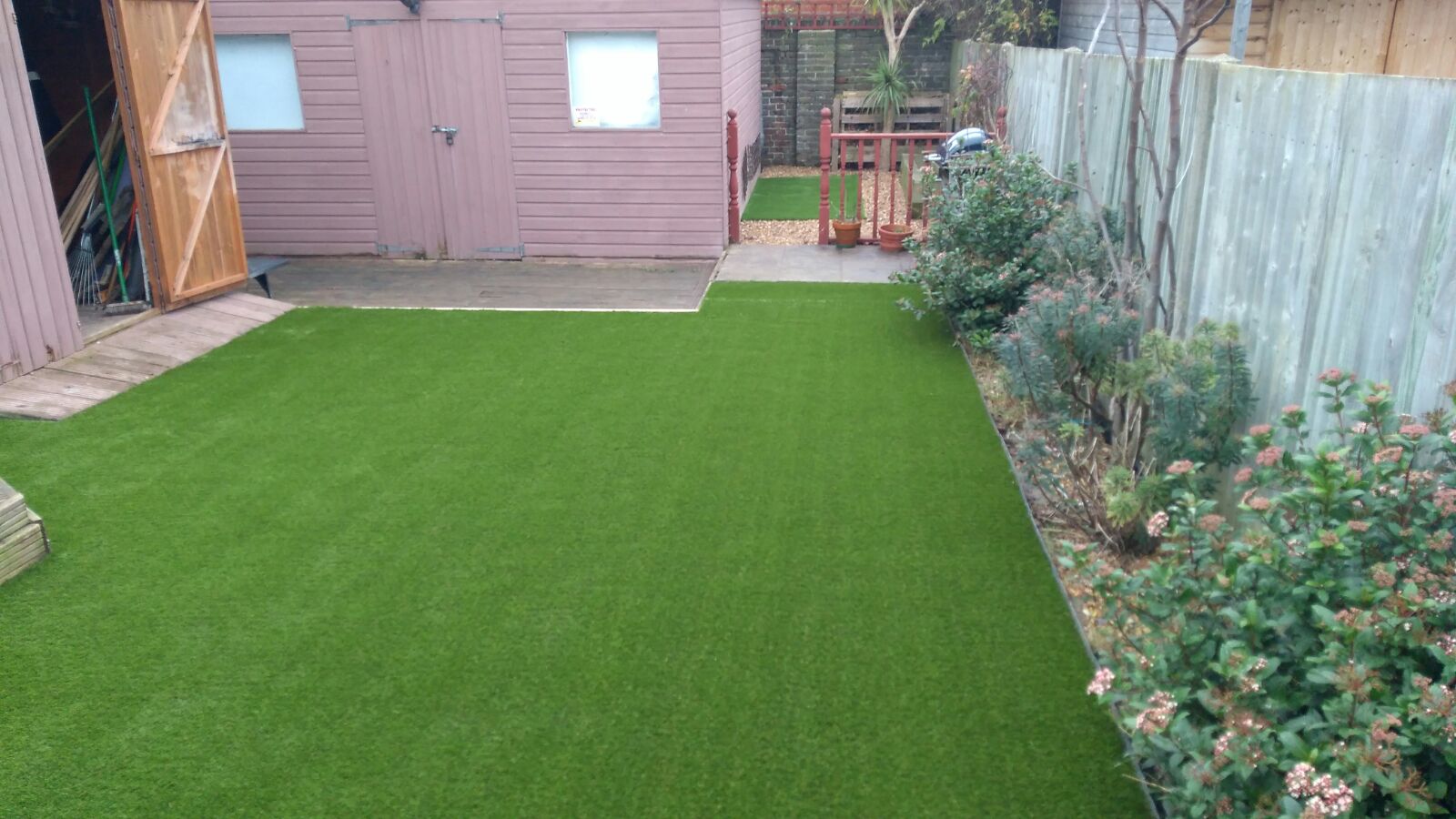


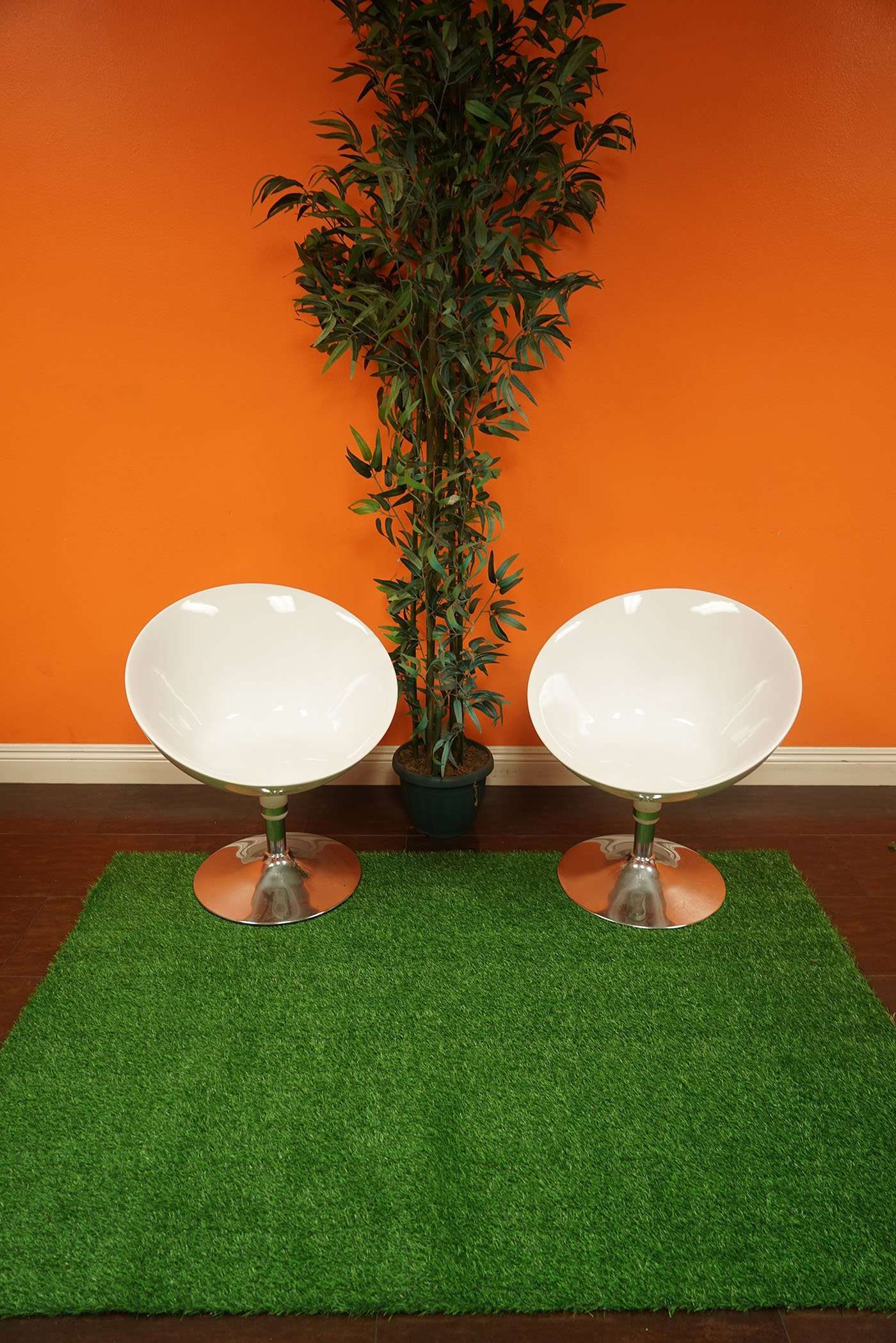




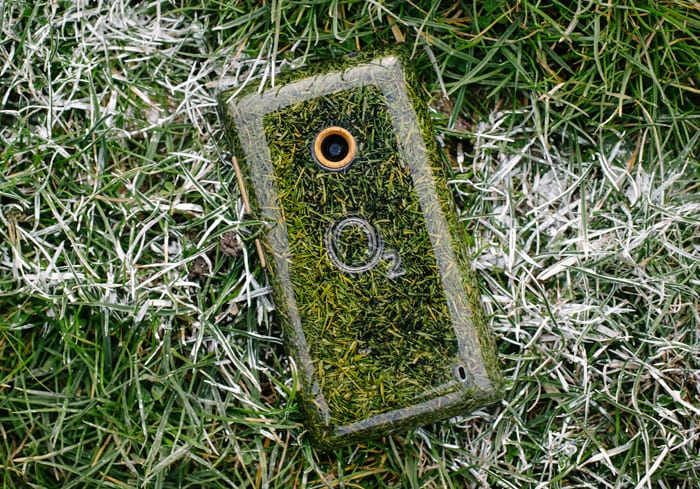











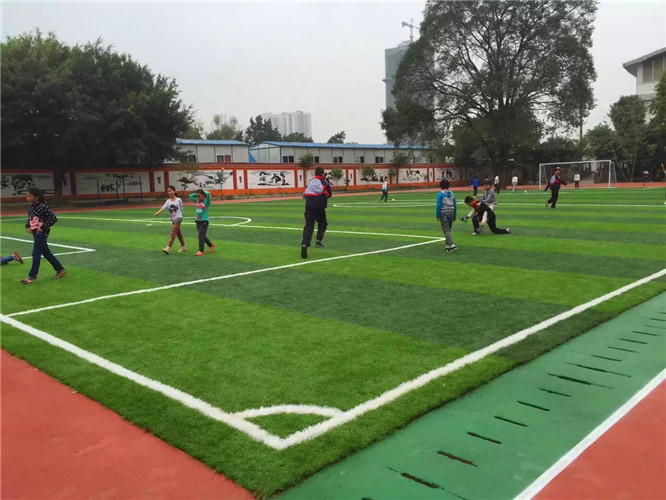




No comments:
Post a Comment
Note: Only a member of this blog may post a comment.